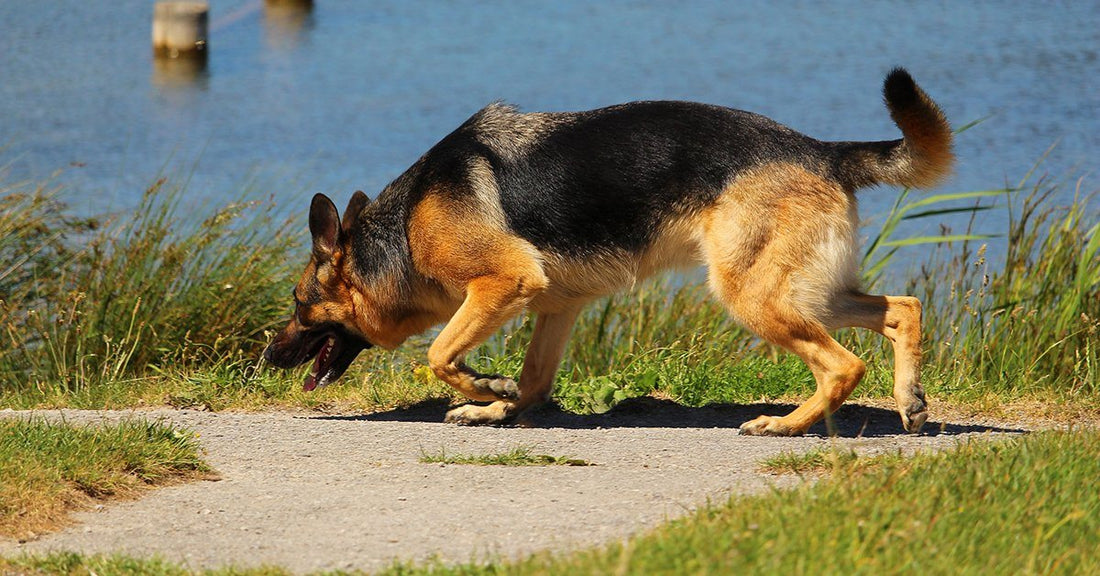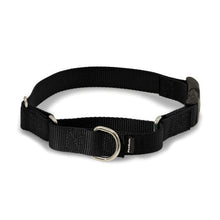How To Teach Your Dog To Find Things In 7 Easy Steps

Dogs have an astounding sense of smell that allows them to excel at scent work. Scientists believe that they can detect odors 10,000 to 100,000 times better than humans, which makes them experts at locating things.
In her book Inside of a Dog, Alexandra Horowitz, a dog-cognition researcher writes “while we might notice if our coffee has had a teaspoon of sugar added to it, a dog could detect a teaspoon of sugar in a million gallons of water, or two Olympic-sized pools worth.”
Another scientist compared their ability to catching a whiff of one rotten apple in two million barrels. James Walker, former director of the Sensory Research Institute at Florida State University, who, with several colleagues, came up with this amazing estimate, "If you make the analogy to vision, what you and I can see at a third of a mile, a dog could see more than 3,000 miles away and still see as well."
Dogs have awesome scent skills because they have 300 million olfactory receptors in their noses while humans only have about six million. The part of their brain is devoted to analyzing smells is also 40 times greater than a human brain.
This allows them to do what humans can’t when they sniff out hidden drugs, locate a lost person in the woods, or detect out minuscule cancer cells. It also makes them fabulous at finding things, which can be great fun for them.
Teaching a dog to find things stimulates their mind and their sniffer, and is entertaining for them. It’s a game that can be played nearly everywhere, which makes it perfect for indoor and outdoor recreation.
It’s also a game that can be as simple or as challenging as the dog can handle. Dogs of all ages and physical conditions can play. There is no limit to what types of objects you can teach a dog to find and there are even scent work clubs should your dog excel at it.
How do you start to teach your dog to find things?
- Start by taking your dog into a quiet area, free of distractions, such as your living room. Ask your dog to sit/stay or down/stay and offer a reward when they do. If your dog is used to training, this will immediately get their attention and let them know they’re about to learn something new.
- Next, toss a treat about two feet away from the dog and issue the “find it” command. If the dog won’t sit/stay for this part, you may want to try keeping your dog on a leash while you practice. Practice until your dog waits to get the treat until you issue the “find it” command.
- Once your dog learns they have to wait until you release them to go find their treat, you will begin to scatter several treats at a farther distance, with your dog watching. Issue the “find it” command and allow your dog to go find and eat the treat. Even though this seems super simple, offer lots of praise and encouragement to prepare them for more complicated challenges.
- By now your dog should have connected that “find it” equals finding a yummy treat. At this stage, you can begin to make it more challenging by hiding the treat behind a barrier while your dog watches you.
- When your dog masters step four, it’s time to begin hiding the treats in more difficult places without your dog watching you hide them. For example, you may hide the treat under a fabric or behind something less obvious. The idea here is for them to begin to search and use their nose to find it.
- Once step five is no longer a challenge, begin hiding treats in more challenging locations, at different levels (such as on a table), and under bowls. Make it fun for your dog and offer lots of praise and treats for rewards.
- As your dog continues to gain confidence, begin hiding treats in different rooms, outside, and begin introducing new objects for them to find, such as finding their favorite toy.
If you and your dog are having fun, you can begin to make it even more challenging by teaching your dog to locate essential oil scents. In AKC Scent Work, dogs search for cotton swabs saturated with the essential oils of birch, anise, clove, and cypress. The cotton swabs are hidden out of sight and the dog then has to find them.
AKC Scent work mimics real life scent work so you can also teach your dog to search a variety of areas and alert when they detect the scent. There are books, videos, and scent work kits that can be purchased to get you on your way.
We hope you enjoyed this article. Please share with your family and friends.
























